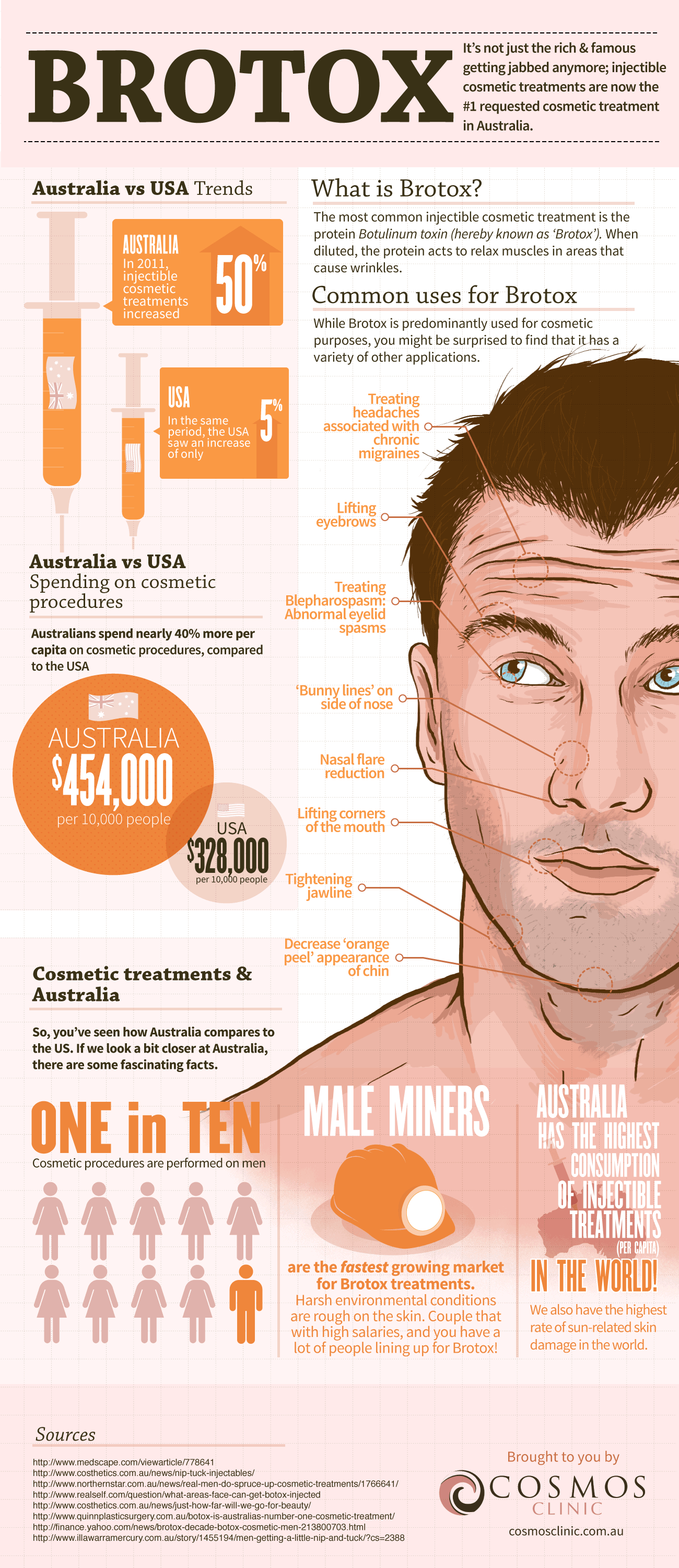Does Humidity Cause Breakouts
Does Humidity Cause Breakouts
Blog Article
Root causes of Acne on Cheeks
Acne breakouts in the cheek location are activated by numerous things, from touching your face regularly to not altering your pillowcase often sufficient. Picking at acnes increases your threat of infection and scarring, and particular medications can worsen dark places (postinflammatory hyperpigmentation).
Luckily, there are lots of means to stop and deal with cheek acne. These consist of:
1. Hormone Changes
Acne is largely caused by hormones, especially those produced during puberty and pregnancy. For some, a family history of acne may likewise contribute to their condition. Anything that clogs pores, such as oil-based skin care products or ceraceous hair items, can cause acne. Numerous topical therapies, like benzoyl peroxide and salicylic acid, can battle germs and unclog pores. Those with serious or chronic acne must look for treatment from their physician.
Prevent touching or squeezing your acne, as this can push some of the bacteria deeper right into the skin, bring about an extra extreme outbreak. It is likewise crucial to alter pillow cases on a regular basis and make use of tidy makeup brushes. You ought to likewise try to avoid irritants such as rubbing from wearing a helmet or tight collar.
2. Diet
The oily, sweet foods that many individuals believe trigger acne may actually not do so. In fact, researches have actually revealed that eating a diet abundant in entire, nutrient-dense foods aids to avoid breakouts.
Foods high in the glycemic index (such as white bread, corn flakes, blew rice and potatoes, doughnuts and various other breads) raise blood sugar levels promptly, and this can raise hormonal agents that increase oil production and bring about acne.
Consuming alcohol cow's milk has actually likewise been linked to raised acne outbreaks. If you are a routine cow's milk drinker, you could wish to try changing to low-fat or nondairy options that are fortified with calcium. In addition, consuming alcohol even more water can assist to reduce acne due to the fact that it assists to keep the skin hydrated.
3. Excess Oil
While oil is crucial for healthy and balanced skin, it can end up being a problem when way too much sebum combines with dead skin cells and blocks pores. This mix can create blackheads, whiteheads and acnes. The blocked pore wall can break down and spill microorganisms, dead skin cells and sebum into surrounding skin. This leads to a red bump referred to as an acne. Often these red bumps have pus in the center from a microbial infection. Larger infected bumps that appear like acne are called cysts.
There are many points that can trigger excess sebum and clogged pores, consisting of hormone changes, diet and day-to-day routines. Some examples consist of touching the face often, relaxing your hand on your cheek, utilizing masseter botox before and after dirty make-up brushes and not changing pillow cases frequently.
4. Stress
If you're taking care of throbbing acnes or a slew of blackheads and whiteheads, it might be time to speak with a skin doctor. They can advise an effective therapy that suits your skin kind. Practicing leisure and stress-reduction methods additionally assists.
Acne can take place in the cheeks because of rubbing and pressure, such as when an individual touches their face often or puts on a hat or sports helmet that massages against the skin. It can additionally appear where oily cosmetics and lotions scrub against the skin.
Prevent squeezing acne, as this can push infected product deeper right into the skin and cause scarring. Rather, see a physician to learn more about preventative treatments like drug, skin care items and lifestyle modifications. Consuming a healthy diet regimen of whole foods, obtaining 7 to nine hours of rest and using noncomedogenic make-up and skincare products can all help in reducing acne breakouts.
5. Hair Products
Hair products are not typically considered a source of breakouts, yet they can contribute to acne on the cheeks in some people. Pomade acne, which is identified by small shut comedones and papulopustules, is commonly triggered by making use of oily hair products that contain comedogenic active ingredients such as certain oils and acetylated lanolin.
Selecting hair items that don't consist of these possibly comedogenic ingredients is a vital step toward decreasing breakouts. Likewise, making certain that hair products aren't can be found in contact with the skin can help avoid outbreaks. As an example, wearing a scarf or hood during the night can limit hair-to-face get in touch with and minimize the likelihood that leave-in hair products will certainly abrade onto the face.
In addition to utilizing a non-comedogenic cream and cleaning with an acne face wash, other practical approaches include: